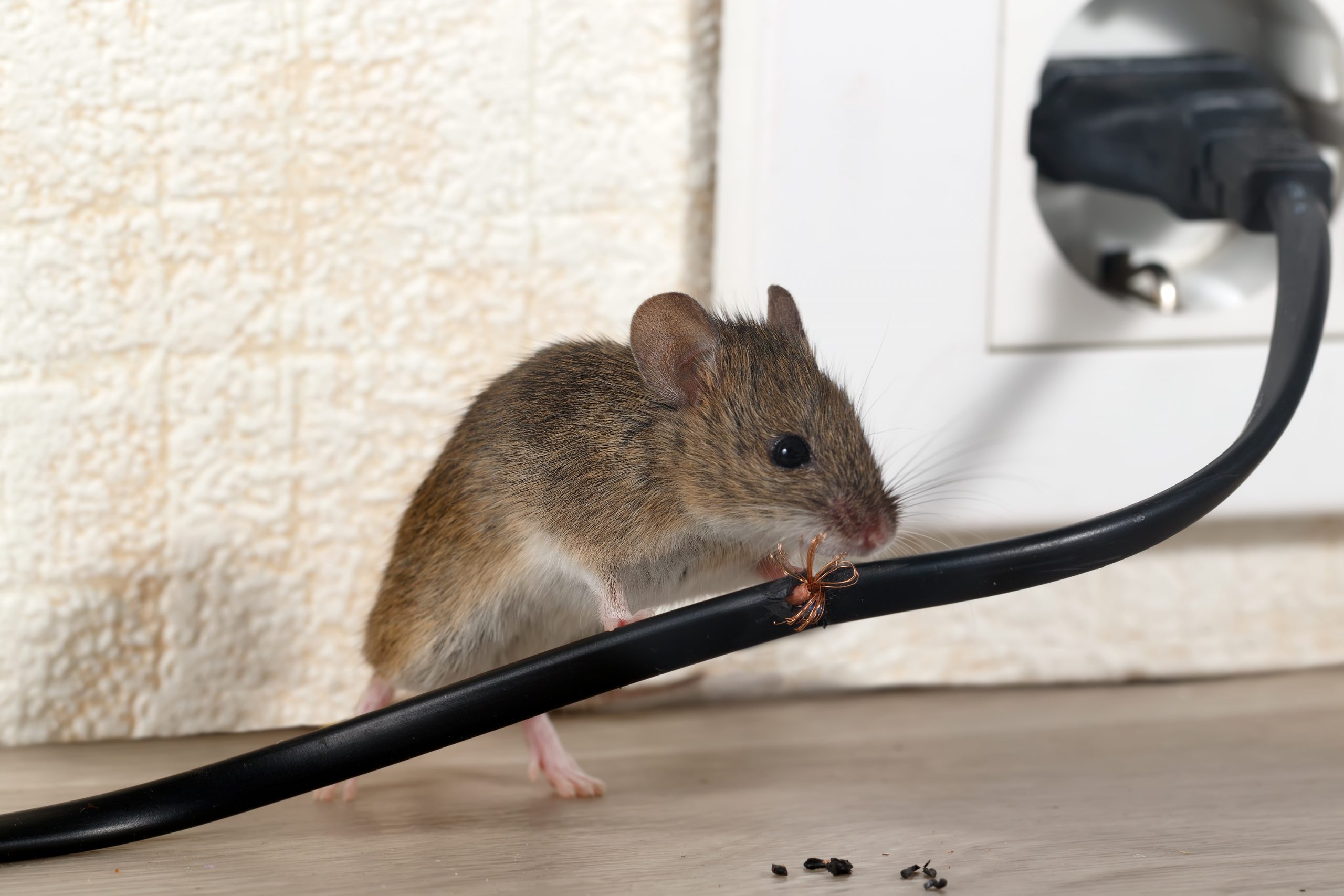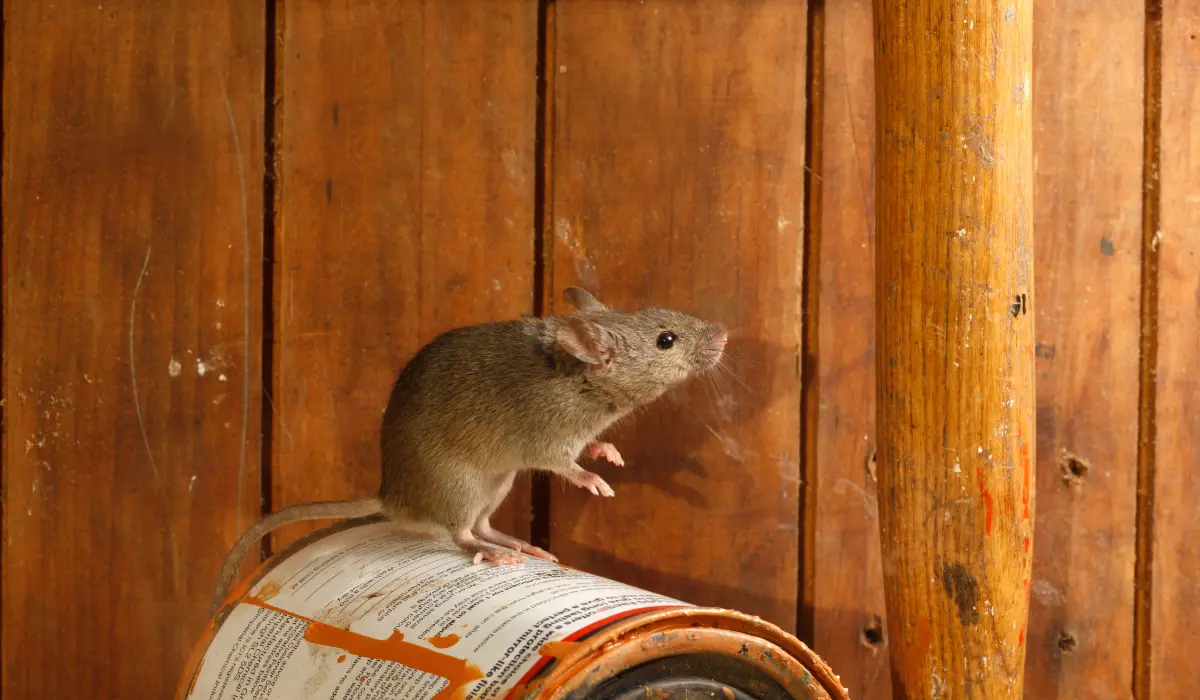Mice Treatments in Florida:
Exterminator Services for Bradenton, Parrish, and Palmetto
Florida’s subtropical conditions—mild winters, high humidity, and plentiful vegetation—allow a variety of pests to flourish, and among these are mice. Once mice enter a building, they find cozy nooks, abundant food sources, and few natural barriers to reproduction. Whether you own a waterfront property in Bradenton, a new home in Parrish, or a cozy bungalow near the river in Palmetto, a single overlooked mouse can multiply into a sizeable population. This service page explains the reasons mice thrive in southwestern Florida, highlights the signals of an active infestation, and clarifies how a seasoned exterminator can offer effective mice treatments. By catching and removing these rodents early, property owners save themselves from deeper structural damage, potential health concerns, and ongoing frustration.
Why Mice Flourish in Florida

- Mild Winter Temperatures
Unlike colder states, Florida sees minimal temperature drops, even in winter. Mice in northern climates might face reduced reproduction during long, cold seasons. In Florida, no such lull usually exists—meaning mice can stay active and breed year-round. Without a natural seasonal break, even a small incursion can balloon into a severe infestation if left to develop unnoticed. - High Humidity and Frequent Rainfall
Mice need consistent water sources, which Florida’s environment provides via rainfall, damp basements, condensation from air-conditioning systems, or minor plumbing leaks. During storms, waterlogged grounds push mice indoors in search of dry shelter, letting them nest and feed without braving the elements outside. - Extensive Food Sources
Human activity supplies mice with abundant scraps—think uncovered garbage cans, improperly sealed pantry items, leftover pet food, or the remains of yard gatherings. Once mice sense a stable supply of nourishment, they remain near or inside the building, breeding in hidden voids while occasionally venturing out to feed. - Minimal Seasonal Dormancy
In colder states, a harsh winter halts or slows rodent breeding for months. Florida’s mild climate rarely imposes that slowdown, allowing mice to remain in near-constant breeding mode as long as resources remain sufficient. If no intervention occurs, a few mice might expand into dozens within weeks. - Suburban and Urban Growth
Regions like Bradenton, Parrish, and Palmetto consistently see new homes and commercial buildings. Construction disturbs existing rodent habitats, sometimes driving mice to relocate indoors. Meanwhile, older structures might have worn seals around doors, pipes, or vents, making perfect entry points for rodents seeking fresh territory.
Common Signs of a Mice Infestation
- Droppings
Mice leave small, dark, rice-shaped pellets around feeding sites and travel routes. Fresh droppings are moist and dark, whereas older ones appear dry or discolored. Concentrations near kitchen cabinets, pantries, or baseboards usually suggest active feeding zones. - Gnaw Marks
Mice gnaw to keep incisors trimmed. If you notice shredded packaging, small chewed holes in walls or floors, or bite marks on wooden edges, mice may be seeking food, nesting materials, or new routes through your home. - Nocturnal Noises
Mice prefer nighttime activity. Hearing faint scuttling, squeaks, or scratching behind walls or under floors in the evening could confirm rodent presence. The location and volume of these noises can hint at possible nest spots. - Nests and Shredded Materials
Mice often gather soft items—paper, insulation, cloth—to form nests in low-traffic corners: behind appliances, in storage boxes, or beneath furniture. Spotting such piles, often accompanied by droppings, confirms a nesting site. - Strange Pet Behavior
Dogs or cats may stare intently at a certain wall or cupboard, sniff suspiciously, or paw at what appears to be an empty space. This fixation often indicates they hear or smell mice behind the surface.
Risks of Untreated Mice Infestations
- Health Concerns
Mice may spread bacteria or viruses via droppings, urine, or fur. They sometimes carry fleas or ticks, posing additional infection potential. If droppings contaminate stored food, residents risk ingesting harmful pathogens. - Structural Damage
Rodents chew wires, wooden supports, or insulation, weakening infrastructure and potentially creating fire hazards if they strip electrical lines. Over time, hidden chewing can degrade walls or floors, necessitating costly repairs. - Rapid Reproduction
A female mouse can birth multiple litters annually, each generating numerous offspring. Failing to eliminate an initial population early means numbers can spiral rapidly, making removal more difficult and the infestation more widespread. - Daily Stress
Living with the knowledge that mice roam your home or business at night can disrupt sleep and hamper normal routines. People might avoid storing foods normally or using certain rooms out of fear of encountering rodents.
The Significance of Professional Mice Treatments
- Accurate Identification
A professional exterminator determines the type of rodent (house mouse vs. roof rat or Norway rat) and the scale of infestation. Mice typically exhibit different harborage preferences than rats, so clarifying the pest leads to more targeted solutions. - Comprehensive Solutions
Professionals look at the entire property—interior, exterior, yard—to locate nesting areas, travel paths, and entry points. This ensures that any leftover holes or hidden spots are sealed or treated, breaking the cycle of infiltration. - Efficient, Targeted Methods
Relying on store-bought traps or scattered poisons might not eradicate rodents fully, especially if they can retreat behind walls. A strategic approach (like combining snap traps, multi-catch devices, or tamper-resistant bait stations) yields better results while mitigating risks to pets or non-target creatures. - Reduced Chemical Misuse
Skilled exterminators use appropriate products precisely. Random pesticide spraying or placing poison haphazardly can endanger pets or children. Customized placements based on rodent behavior and property layout maximize safety and success. - Ongoing Prevention Guidance
Effective rodent removal also includes tips on how to maintain a rodent-free environment. Owners learn how to seal cracks, store food properly, and address potential water leaks, ensuring mice find no appealing reasons to return.

Methods Deployed by a Mice Exterminator
- Thorough Inspection
The exterminator checks behind refrigerators, under sinks, in crawl spaces, attics, or closets. They look for droppings, gnaw marks, nesting scraps, or footprints near dustier corners. Understanding rodent routes and nest sites is essential for strategic placement of traps or baits. - Sealing Entry Points
Mice enter through tiny holes—sometimes just a quarter-inch wide. Using materials like steel wool, caulk, or flashing around utility lines, vents, or baseboards denies rodents new or repeated access. Weatherstripping around doors or windows also helps close major gaps. - Trap and Bait Placement
Technicians set snap traps along walls (where mice typically run) or place tamper-resistant bait stations in discreet areas outdoors or in seldom-used indoor zones. The choice of trap or bait depends on occupant preferences (e.g., concerns about children, pets) and the severity of infestation. - Sanitation Efforts
Clearing clutter, storing cereals or grains in sealed containers, and removing easily accessible water sources deprive mice of comfortable living conditions. The combination of hygienic practices with direct extermination measures yields the best outcomes. - Follow-Up Visits
Because mice reproduce quickly, scheduling re-checks ensures no newly born litter grows into a reinfestation. If droppings remain or new gnaw marks appear, the exterminator adjusts or intensifies treatments until mice are completely eradicated.
Service Areas: Bradenton, Parrish, and Palmetto
Bradenton: Known for its scenic riverfront and cultural offerings, Bradenton features both historic neighborhoods and bustling commercial corridors. Mice might exploit older building infrastructures with cracks or vacant storerooms. Quick detection and consistent rodent checks keep them from establishing large colonies.
Parrish: A rapidly growing community marked by new subdivisions and semi-rural landscapes. Construction often displaces mice, which then seek new dwellings to inhabit. Homeowners can benefit from routine property inspections or sealing measures to thwart rodent infiltration.
Palmetto: Overlooking the Manatee River, Palmetto mixes charming residential blocks with waterfront amenities. Older houses can contain hidden passages that mice slip through, while yard debris or open trash containers can lure mice seeking meals. Thorough yard management and sealing cracks along foundations hamper rodent intrusion.
Why Engage Our Mice Control Solutions
- Florida-Centered Expertise
Mice treatments differ in Florida’s subtropical climate compared to cooler regions, where seasonal die-offs might occur. Our approach accounts for the year-round breeding potential and often pairs inside–outside treatments to address all potential nesting spots. - Precise and Reliable Techniques
We map out rodent harborage zones and travel routes, setting traps or baits only where mice frequent. This method reduces occupant exposure to chemicals or mechanical devices while ensuring a higher trap success rate. - Preventative Mindset
Eliminating existing mice solves the immediate crisis, but we also inform property owners about routine structural checks—like patching holes or storing food properly—to reduce future re-entry. With these tips, owners fortify their property’s rodent defenses. - Consistent Follow-Up
Because new rodents can wander onto the property or hidden pregnant females can deliver litters, we recommend periodic re-checks. Spotting fresh droppings or chewed corners quickly triggers a second wave of solutions before mice settle again.
- Florida-Centered Expertise

Next Steps
Have you noticed tiny droppings near your pantry, chewed boxes in storage, or nocturnal scurrying sounds in the walls? Contact us to learn more or schedule your service. Our mice treatments in Bradenton, Parrish, and Palmetto aim to stop rodents from contaminating kitchens, gnawing wires, or breeding unseen behind walls. A professional exterminator ensures that each step—from inspection and sealing entry points to targeted trapping—drives mice out and keeps them away.
Maintaining a Rodent-Free Setting
Once the infestation is handled, staying vigilant prevents mice from re-invading:
- Proper Food Storage: Keep cereal, rice, and pet food in sealed plastic or metal containers. Clean spills quickly.
- Secure Garbage: Lids on outdoor cans must fit snugly. Remove trash promptly to reduce rodent foraging near your home.
- Repair Leaks: Fix dripping faucets, pipes, or AC condensation lines. Standing water or damp corners entice rodents to linger.
- Yard Maintenance: Mow lawns, trim shrubs away from exterior walls, and remove wood piles that might shelter mice near foundations.
- Conduct Regular Inspections: Checking corners, cabinets, or seldom-used rooms for new droppings or gnaw marks helps spot rodents early.
By adhering to these practical measures alongside professional mice treatments, you can enjoy Florida’s subtropical ambiance—its mild winters, warm days, and scenic waterways—without the stress or health risks mice bring. Whether you run a bustling business in Bradenton, manage a growing family home in Parrish, or own a picturesque waterfront property in Palmetto, thorough extermination and ongoing prevention will maintain a comfortable, rodent-free environment year-round.
